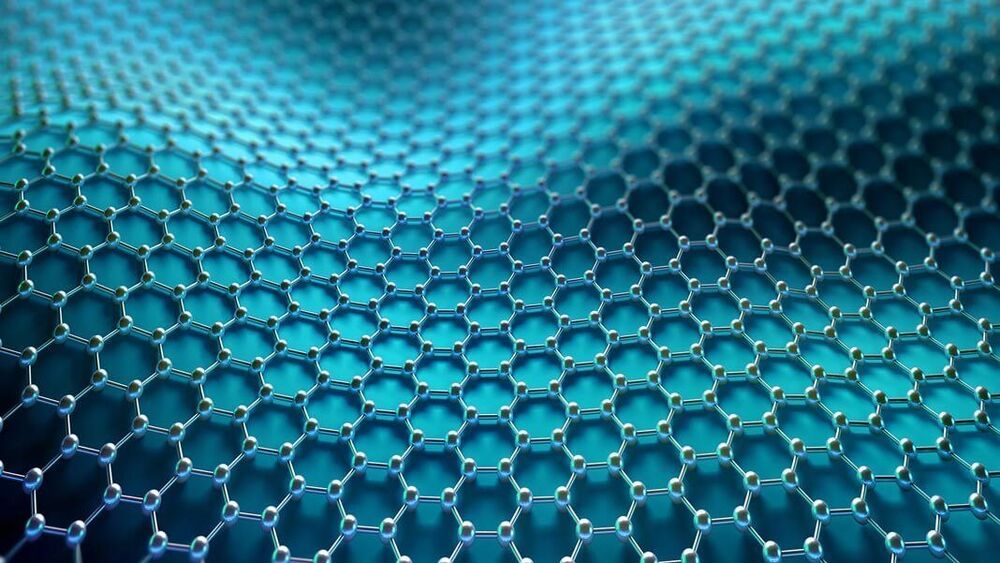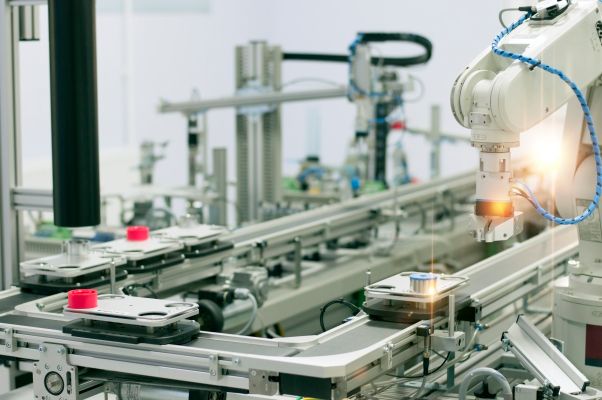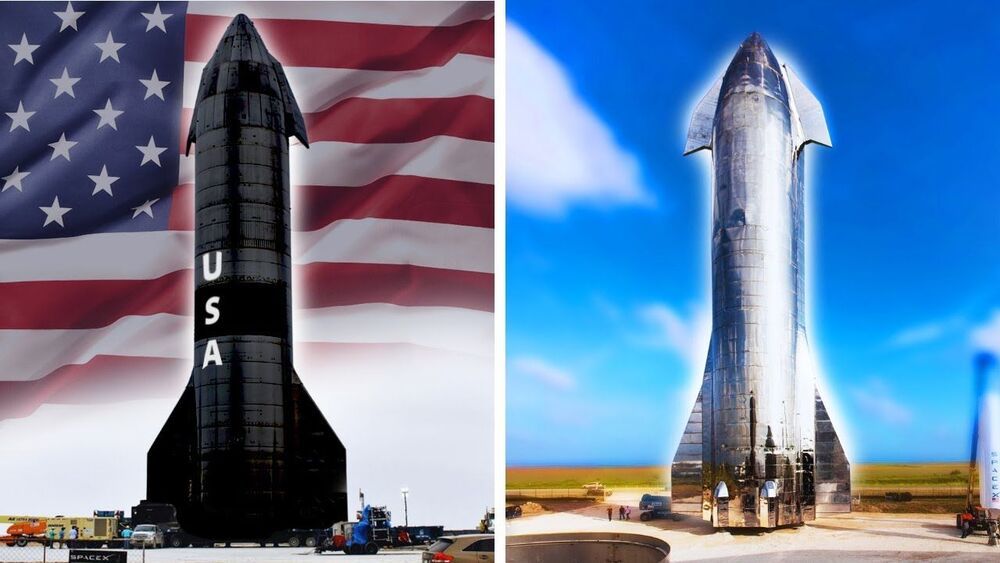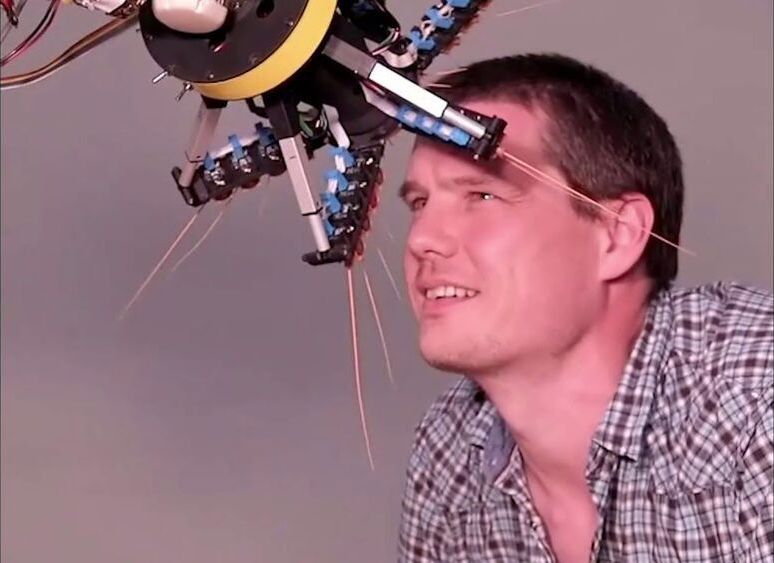Imagine clothing that can warm or cool you, depending on how you’re feeling. Or artificial skin that responds to touch, temperature, and wicks away moisture automatically. Or cyborg hands controlled with DNA motors that can adjust based on signals from the outside world.
Welcome to the era of intelligent matter—an unconventional AI computing idea directly woven into the fabric of synthetic matter. Powered by brain-based computing, these materials can weave the skins of soft robots or form microswarms of drug-delivering nanobots, all while reserving power as they learn and adapt.
Sound like sci-fi? It gets weirder. The crux that’ll guide us towards intelligent matter, said Dr. W.H.P. Pernice at the University of Munster and colleagues, is a distributed “brain” across the material’s “body”— far more alien than the structure of our own minds.









